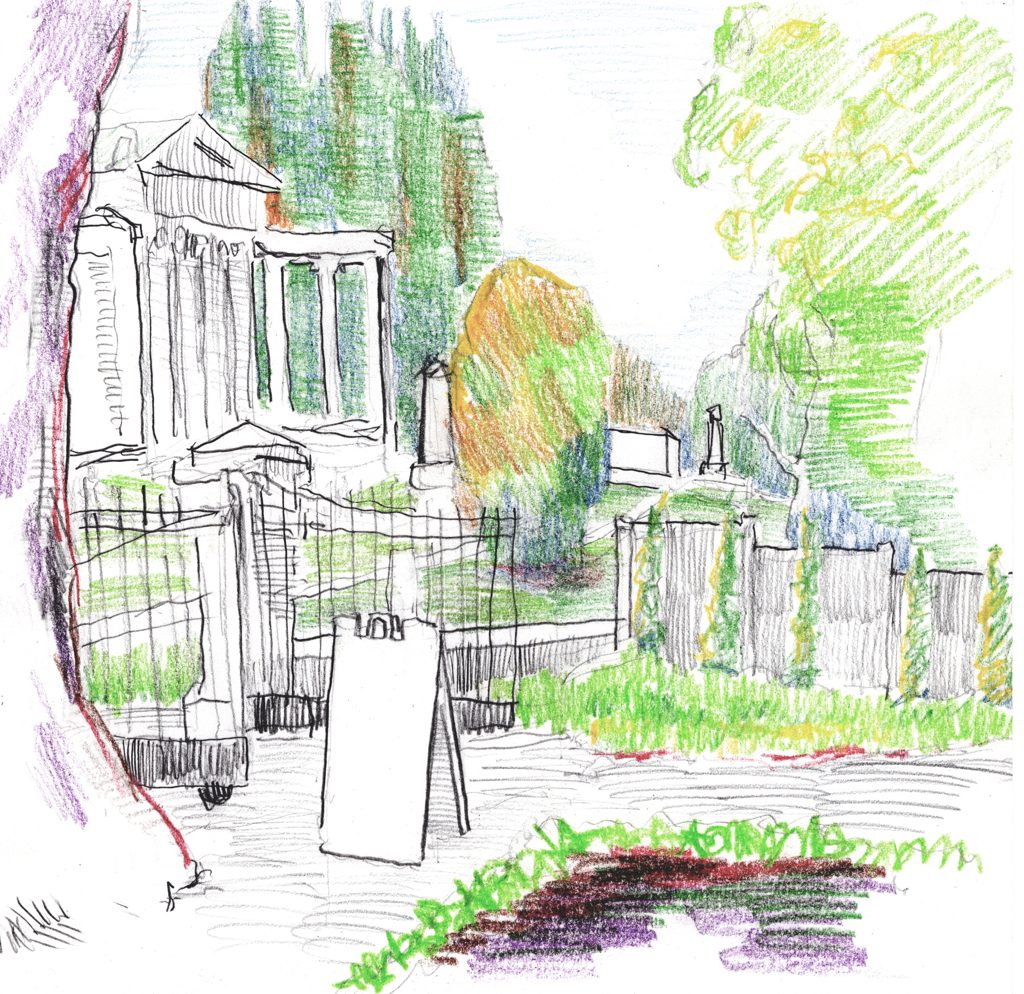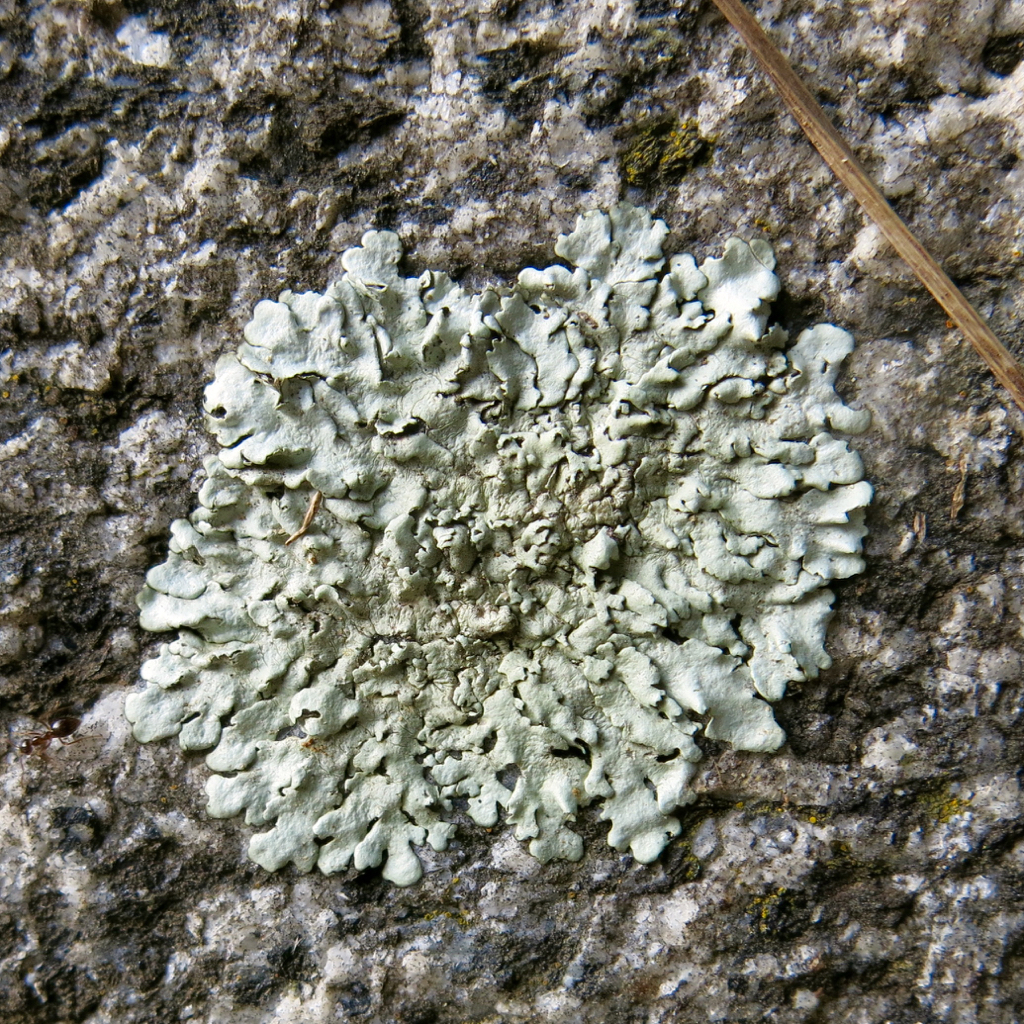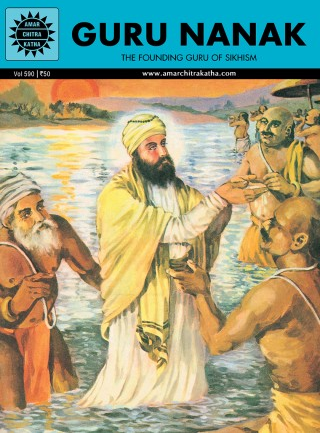Month: April 2018
Eggman Blog
Artist Stephen Turner is blogging at “Eggman: Everything Comes from the Egg.” I followed Turner’s Exbury Egg blog, a chronicle of his one-year art project of living inside a giant floating egg while exploring a sense of ecological place. Infrequent posts on contemporary art, engagement with the environment, and follow-ups to the Exbury Egg project.
Bioregional quiz
In the Winter, 1981, issue, the editors of the magazine Coevolution Quarterly published “Where You At? A Bioregional Quiz,” developed by Leonard Charles, Jim Dodge, Lynn Milliman, and Vitoria Stockley (you can find this quiz online here). The quiz was later republished in the book Home: A Bioregional Reader (New Society, 1990). Since then, others have modified the quiz; most notably, in 2006 Kevin Kelly posted a revised version of this quiz titled “The Big Here” on his blog.
As much as I like the original version of the quiz, some of the questions are specific only to certain bioregions, such as “What spring wildflower is consistently among the first to bloom where you live?” — if you live in a region where flowers bloom year-round, there is no good answer to that question. And some of the questions are maybe too difficult, such as “Name five grasses in your area” — I’ve been trying to learn how to identify grasses down to the species level, and it’s very challenging. A couple more things bother me about the quiz. First, the quiz focuses too much on book knowledge; you are merely asked to “Name five resident and five migratory birds,” you are not asked to identify them in the field. Second, the quiz ignores whole clades of organisms that would have been familiar to indigenous peoples, such as invertebrates and non-vascular plants.
So I’ve been thinking about how to revise the quiz. I wanted to create a quiz that would prompt me to learn more about my watershed, and to encourage me to get outdoors and explore that watershed. The first draft of my quiz appears below. How many answers did you get? What did I leave off that I should have included?
Lichens
Living in a cemetery gives me the opportunity to observe a nice diversity of lichens. I went out this evening to see some of this diversity; my camera served in stead of a hand lens.
This crustose lichen, covering an area about the size of a quarter, was growing on a marble gravestone. The magnification of the photo shows how the lichen has etched an indentation into the stone. To make an accurate identification of crustose lichens, I’d need both a microscope and far more knowledge than I currently have. But this may be in the genus Caloplaca: “The 25 to 30 species [of Caloplaca] reported from California … occur very widely on trees and mostly calcareous rocks. Caloplaca saxicola is common and one of the first crustose lichens collected by beginners” (Mason E. Hale Jr. and Mariette Cole, Lichens of California [Berkeley: Univ. of Calif. Press, 1988], p. 190).
The foliose lichen above, about an inch across, and found on a piece of granite, may be in the genus Xanthoparmelia. According to Hale and Cole, “Xanthoparmelia is by far the dominant foliose lichen on granites, schists, shale, and other non-calcareous rocks throughout California…. Two species, X. cumberlandia and X. mexicana, are common and collected almost everywhere in the state.”
If I were to get serious about identifying lichens, I’d need to go out and get the K, C, and P reagents, an inexpensive USB microscope, and a few other things. Then I’d have to get serious about studying them: dissecting them, looking at them under the microscope, etc. Is it enough to just look at lichens without identifying them? or do I want to engage in more serious study of them? Heraclitus advised that “those who are lovers of wisdom must be inquirers into many things indeed” (DK35); but how deeply should one inquire into each of those many things? One only has so much time in this world; a serious in-depth study of one topic means less time to inquire into the many other things.
Site improvements
After five years of the same look, I’m finally updating this blog. The new appearance is the most obvious change, but I’m also gradually updating some of the static pages as well.
Concord Hymn
Sung at the Completion of the Battle Monument, April 19, 1836
By the rude bridge that arched the flood,
Their flag to April’s breeze unfurled,
Here once the embattled farmers stood,
And fired the shot heard round the world.
The foe long since in silence slept;
Alike the conqueror silent sleeps;
And Time the ruined bridge has swept
Down the dark stream which seaward creeps.
On this green bank, by this soft stream,
We set today a votive stone;
That memory may their deed redeem,
When, like our sires, our sons are gone.
Spirit, that made those heroes dare
To die, and leave their children free,
Bid Time and Nature gently spare
The shaft we raise to them and thee.
— Ralph Waldo Emerson
One of the better poems Emerson wrote: simple and direct, and more complex than it seems at first; not unlike the five-minute battle which both the poem and the Battle Monument commemorate. The “votive stone” still stands in the same place that it stood when Emerson’s poem was sung to it back in 1836, 182 years ago today.
Above: The monument as it appeared at the 2009 re-enactment of the Battle of the North Bridge
Mindfulness and the elite
From my files: Three years ago, the New York Times Magazine published an article by Virginia Heffernan on the craze for mindfulness (“Mind the Gap,” 19 April 2015, pp. 13-15). Citing a Time magazine cover story that called the craze a “revolution,” Heffernan comments:
“If it’s a revolution, it’s not a grass-roots one. Although mindfulness teachers regularly offer the practice in disenfranchised communities in the United States and abroad, the powerful have really made mindfulness their own, exacting from the delicate idea concrete promises of longer lives and greater productivity. In January [2015], during the World Economic Forum in Davos, Switzerland, [mindfulness popularizer Jon] Kabat-Zinn led executives and 1 percenters in a mindfulness meditation meant to promote general well-being.” But, notes Heffernan, “what commercial mindfulness may have lost from the most rigorous Buddhist tenets it replaced: the implication that suffering cannot be escaped but must be faced.”
Three years on, mindfulness is even more firmly entrenched among the elites. I recognize that there are serious Buddhist practitioners out there who teach authentic Buddhist mindfulness practices, and I also recognize that there are those who use mindfulness-stripped-of-Buddhism for benign ends. But when I think about how the 1 percenters have adopted mindfulness, I am curious about how it became so widespread among the “cultured despisers of religion.” Is the ongoing craze for mindfulness an example of how consumer capitalism can strip all the authentic weirdness out of religion, turning authentic religious practices into “opiates for the masses”? Or is mindfulness similar to the Christian “Prosperity Gospel,” that is, authentic religious teachings co-opted to promote consumer capitalism? except where the Prosperity Gospel is used to control lower middle class suckers, Prosperity Mindfulness is to control professional class suckers.
I am also curious whether authentic Buddhist mindfulness will survive being co-opted by the 1 percenters and consumer capitalism. What Heffernan calls “commercial mindfulness” really is nothing but an opiate: a pill that numbs us to the stress and horror and absurdity of an increasingly unjust economic system, but doesn’t actually cure the underlying illness of injustice.
To paraphrase Morpheus in the movie The Matrix: “If you swallow the blue pill of mindfulness, you wake up in your bed and believe whatever you want to believe; but if you take the red pill of skepticism, you can see the wool that has been pulled over your eyes to blind you from the truth….”

Talking Proselytizer Blues
Here’s an old talking blues I found in my files, cleaned up a bit, and added chords to. It might be hard to figure out the rhythm in places, so I’ve italicized the main beats.
Walking down the street one fine summer day
A young man stopped me ’cause he had something to say:
“If you want to get to heaven when you up and die,
“You better come to my church, going to tell you why:
“You’re an old man… Time to turn to Jesus…
“We’ll help save you… Make you right with God.”
I said to him, “Kid, you might be right,
“But I think that you and I are fighting different fights:
“I’m fighting to save the world and I’m fighting to save the land;
“Your kind of saving I don’t really understand.
“But God and me go way back… Jesus too…
“And who you calling old… Young whippersnapper…”
“You’ll be damned,” he said mournfully,
“If you don’t stop your sinful ways and follow me!”
That’s all he could say. I feel kind of bad,
But I laughed at him, and he walked away mad.
I let him go… Sad kind of fellow…
Never smiled once… Depressed…
Now that poor fellow, when he up and dies,
He’s going to get one hell of a surprise,
Saint Peter’s going to ask him, “Kid, what did you do?
“Did you fight for peace and justice, the environment, too?
“Say what?… Mostly proselytized?
“Gee, that’s too bad… Say hi to Lucifer for me…”
As for me, when I up and die,
Saint Peter’s going to be the one who gets a surprise,
I’ll march right past him, headed straight on down,
Fight for peace and justice there under the ground.
Organize the damned… Unionize the devils…
Roll the bosses over… Turn hell into heaven…
If we want to get to heaven, here’s what we’re going to do:
Going to fight for peace and justice, maybe sing about it too;
Going to stop climate change so we don’t get barbecued;
And if folks need to eat then we’re going to get them food.
That’s the path to heaven… Clean air and water…
Social justice… And plenty of food…
D – G – /
A7 – D – /
D – G – /
A7 – D7 – /
G7 – – – /
A7 – – – //
(c) 2018 Dan Harper (with thanks to Ted Schade and the New Bedford Folk Choir, 2009)
Amar Chitra Katha
Someone in our congregation lent me a copy of a comic book biography of the life of Guru Nanak, the founder of Sikhism. Aimed at middle readers, I think it would work for older kids (and adults) too — a concise, easy-to-understand summary of Guru Nanak’s life and principles.
That comic book is published by Amar Chitra Katha, a publisher with over 400 comic books on hand, with titles like “Guru Nanak,” “Buddha,” “Buddhist Tales” and “More Buddhist Tales,” “Kalidasa,” and “Rabindranath Tagore” (the Nobel prize winning poet much beloved of mid-twentieth century Unitarians).
The one I really want to get is the forthcoming title “Valiki’s Ramayana,” a 960 page graphic novel treatment of the Ramayana. Most of us in the West know far too little about this major Indian religious work — and most of us aren’t going to read the full Ramayana, so I’d love to structure an adult education course around this graphic novel.
Amar Chitra Katha has lots of comics that would work great for children and youth, too. They have a U.S. branch, so the prices are pretty reasonable.
Game development
In our congregation, we decided we need to pay more attention to resources that can support the curriculums. We want resources that are fun for kids, don’t feel like weekday school, don’t require any teacher preparation, and support the learning that takes place in the regular curriculums.
Like, for example, board games and card games. We already use a couple of board games in our Sunday school: (1) Wildcraft, a cooperative board game that teaches about herbs, supports some of our ecology courses; and (2) Moksha Patam, a board game that simulates karma, rebirth, etc., supports one of our world religions curriculums.
Ideally, we’d like to have one relevant board game per quarter per age group that we can give to teachers. And while we were talking this over in the curriculum review committee, I started dreaming up a card game about Moses leading the Israelites to freedom across the wilderness. Then I had a day of study leave today, so I could prototype this game, provisionally called: “Exodus, The Card Game.”
The game borrows its basic structure from the classic card game Mille Bornes (if you don’t know Milles Bornes, it will be easier to understand this blog post if you first read the Wikipedia article).
Although I’m borrowing the basic structure of the game from Mille Bornes, there are significant differences. Mostly, Exodus is a faster-paced game, more suited to the short time allotted to Sunday school classes. And I had to make other changes to fit the narrative of the book of Exodus — I wanted to make sure that as you play you get some sense of the narrative of Exodus…such as the fact that G-d released fiery serpents that attacked the Israelites, but then G-d told Moses to make a brass serpent that would heal serpents bites (Num. 21:6-8). Before researching this game, I didn’t even remember about the fiery serpents. It’s a pretty strange thing to include in the narrative, and one of my learning goals (and part of my theological interpretation) for Exodus, The Card Game is to help kids understand that the story of Exodus is pretty weird. It’s not trying to be an accurate historical account, nor is it some kind of scientific explanation — rather, it is a narrative filled with fantastical elements that reveal G-d’s character.
My other big learning goal and theological component for the game is, not surprisingly, to give some understanding of G-d’s character. First and foremost, G-d is not all kittens-and-rainbows, as for example when G-d sends the fiery serpents to bite the Israelites. Second, G-d does not follow human logic and is ultimately unknowable by humans; this is symbolized for the Israelites in part by spelling G-d’s name without vowels: “YHWH” (this idiosyncratic spelling is retained in the game in the English name for G-d). Third, while G-d is not omnibenevolent, G-d does want justice for humans and for the land; this theological interpretation of G-d’s character is communicated by the social justice flavor of the G-d Given Right Cards. A lesser fourth point is that G-d’s power do have some limits to them; G-d is not wholly omnipotent. So it is the game tries to help the players get a small sense of G-d’s character.
If I ever put the game into production, I’ll let you know how you can get a copy….
Update 4/14/18: Major revisions to game rules and narrative now complete. I won’t revise this post any more; any future rules revisions will be incorporated into the production game (if it’s ever put into production).
Update 9/7/18: The game is now available as a professionally-produced card game, so I’m removing the outdated rules and card designs. To see the final game, click here.






